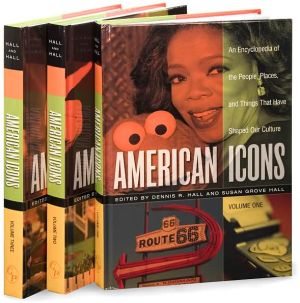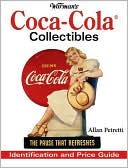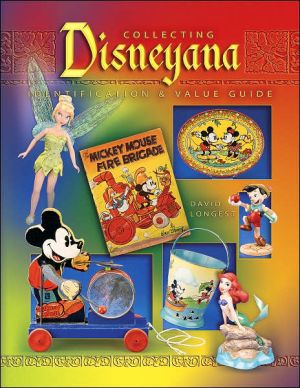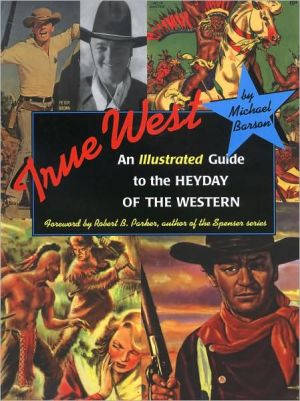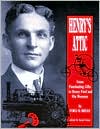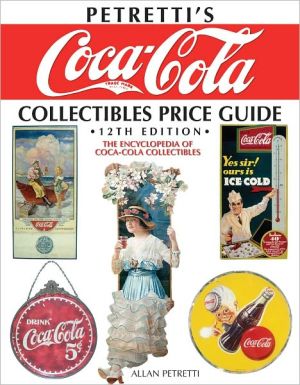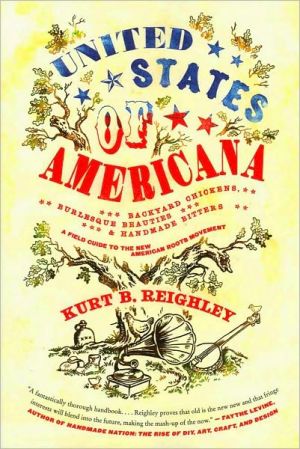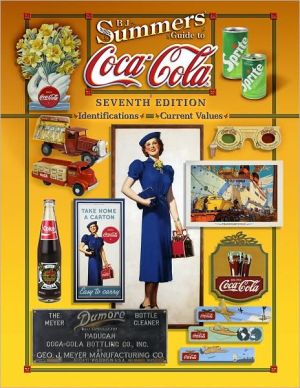American Icons: An Encyclopedia of the People, Places, and Things that Have Shaped Our Culture
What do Madonna, Ray Charles, Mount Rushmore, suburbia, the banjo, and the Ford Mustang have in common? Whether we adore, ignore, or deplore them, they all influence our culture, and color the way America is perceived by the world.\ In this A-to-Z collection of essays scholars explore more than one hundred people, places, and phenomena as they seek to discover what it means to be labeled icon. From the Alamo to Muhammad Ali, from John Wayne to the zipper, the American icons covered in this...
Search in google:
What do Madonna, Ray Charles, Mount Rushmore, suburbia, the banjo, and the Ford Mustang have in common? Whether we adore, ignore, or deplore them, they all influence our culture, and color the way America is perceived by the world.In this A-to-Z collection of essays scholars explore more than one hundred people, places, and phenomena as they seek to discover what it means to be labeled icon. From the Alamo to Muhammad Ali, from John Wayne to the zipper, the American icons covered in this unique three-volume set include subjects from culture, law, art, food, religion, and science. By providing numerous ways for the reader to engage in the process of interpreting these images and artifacts, the work serves as a unique resource for students of American history and culture. Features 100 illustrations.What do Madonna, Ray Charles, Mount Rushmore, suburbia, the banjo, and the Ford Mustang have in common? Whether we adore, ignore, or deplore them, they all influence our culture, and color the way America is perceived by the world. This A-to-Z collection of essays explores more than one hundred people, places, and phenomena that have taken on iconic status in American culture. The scholars and writers whose thoughts are gathered in this unique three-volume set examine these icons through a diverse array of perspectives and fields of expertise. Ranging from the Alamo to Muhammad Ali, from John Wayne to the zipper, this selection of American icons represents essential elements of our culture, including law, art, food, religion, and science. Featuring more than 100 illustrations, this work will serve as a unique resource for students of American history and culture.The interdisciplinary scholars in this work examine what it means when something is labeled as an icon. What common features do the people, places, and things we deem to be iconic share? To begin with, an icon generates strong responses in people, it often stands for a group of values (John Wayne), it reflects forces of its time, it can be reshaped or extended by imitation, and it often breaks down barriers between various segments of American culture, such as those that exist between white and black America, or between high and low art. The essays contained in this set examine all these aspects of American icons from a variety of perspectives and through a lively range of rhetoric styles.VOYAPopular culture is a fascinating subject that has come into its own in the past twenty years as a field of legitimate research. This treasure trove of information provides an "up-close-and-personal" look at an eclectic potpourri of people, places, and things that for some reason have special resonance for Americans. Subdivided into twenty-four broad topic groupings covering Art and Architecture; Community and Civic Identity; Home and Family; Leisure, Travel, and Pilgrimage; Masculinity; and Social Class, Sophistication, and Style, the entries are written to appeal equally to students, scholars, and casual readers. Each essay explores the origins and changes, influences, and meaning of a particular icon, defined by the editors as something that stands for a group of related things and values (e.g., John Wayne), that generates a strong response (e.g., Marilyn Monroe), that has roots in history (e.g., The Lorraine Motel), and that can be reshaped within its own image (e.g., train travel). Icons that are included range from the ridiculous (MAD magazine) to the sublime (Mount Rushmore) with stops all along the way. Curious about Crayola crayons? Batty about Barbie? Nuts for NASCAR? Each of these topics, along with literally hundreds more, has its own entry that includes suggestions for further reading. Taken as a whole, the set provides a wealth of themes, suggestions of possible patterns among them, and how cultural icons are influenced by, and in turn influence, different generations.
AcknowledgmentsIntroductionEntriesIndexAbout the Contributors
\ VOYA - Cindy Lombardo\ Popular culture is a fascinating subject that has come into its own in the past twenty years as a field of legitimate research. This treasure trove of information provides an "up-close-and-personal" look at an eclectic potpourri of people, places, and things that for some reason have special resonance for Americans. Subdivided into twenty-four broad topic groupings covering Art and Architecture; Community and Civic Identity; Home and Family; Leisure, Travel, and Pilgrimage; Masculinity; and Social Class, Sophistication, and Style, the entries are written to appeal equally to students, scholars, and casual readers. Each essay explores the origins and changes, influences, and meaning of a particular icon, defined by the editors as something that stands for a group of related things and values (e.g., John Wayne), that generates a strong response (e.g., Marilyn Monroe), that has roots in history (e.g., The Lorraine Motel), and that can be reshaped within its own image (e.g., train travel). Icons that are included range from the ridiculous (MAD magazine) to the sublime (Mount Rushmore) with stops all along the way. Curious about Crayola crayons? Batty about Barbie? Nuts for NASCAR? Each of these topics, along with literally hundreds more, has its own entry that includes suggestions for further reading. Taken as a whole, the set provides a wealth of themes, suggestions of possible patterns among them, and how cultural icons are influenced by, and in turn influence, different generations.\ \ \ \ \ Library JournalAmerica is icon crazy; any person, place, or thing that grabs our collective attention for more than a week becomes a potential icon, a cultural emblem of our society. This encyclopedia by editors Dennis Hall (English, Univ. of Louisville) and independent scholar Susan Grove Hall and their academic contributors has winnowed the vast field down to 100 icons, chosen by surveying current iconographic research and testing for relevance with various age groups. Inevitably, everyone will find serious omissions in such a short list, but as the author of the entry "List" points out, nothing provokes controversy quite like a selective list. On the other hand, scholars and general readers alike will find the entries themselves well written, thought-provoking, and often witty. While they vary in style and range in length from three to seven pages, including references, all the entries cover an icon's origins, changes, influences, and range of meanings. The work contains icons already extensively treated (e.g., Martin Luther King, Barbie, suburbia) but many more that are not (e.g., antiperspirant, couch, emergency room, zipper). Some entries are quite contemporary (e.g., Jessica Lynch, Viagra), while others span centuries (e.g., dollar bill, witch) or are puzzling at first glance but prove interesting and relevant (e.g., list, Lorraine Motel). Bottom Line Iconographic issues are touched on in many other reference works on popular culture, such as American Decades and the St. James Encyclopedia of Popular Culture, but none treats them so specifically. This entertaining and informative reference work is recommended for high school, college, and public libraries.-Nadine Cohen, Univ. of Georgia Copyright 2006 Reed Business Information.\ \
